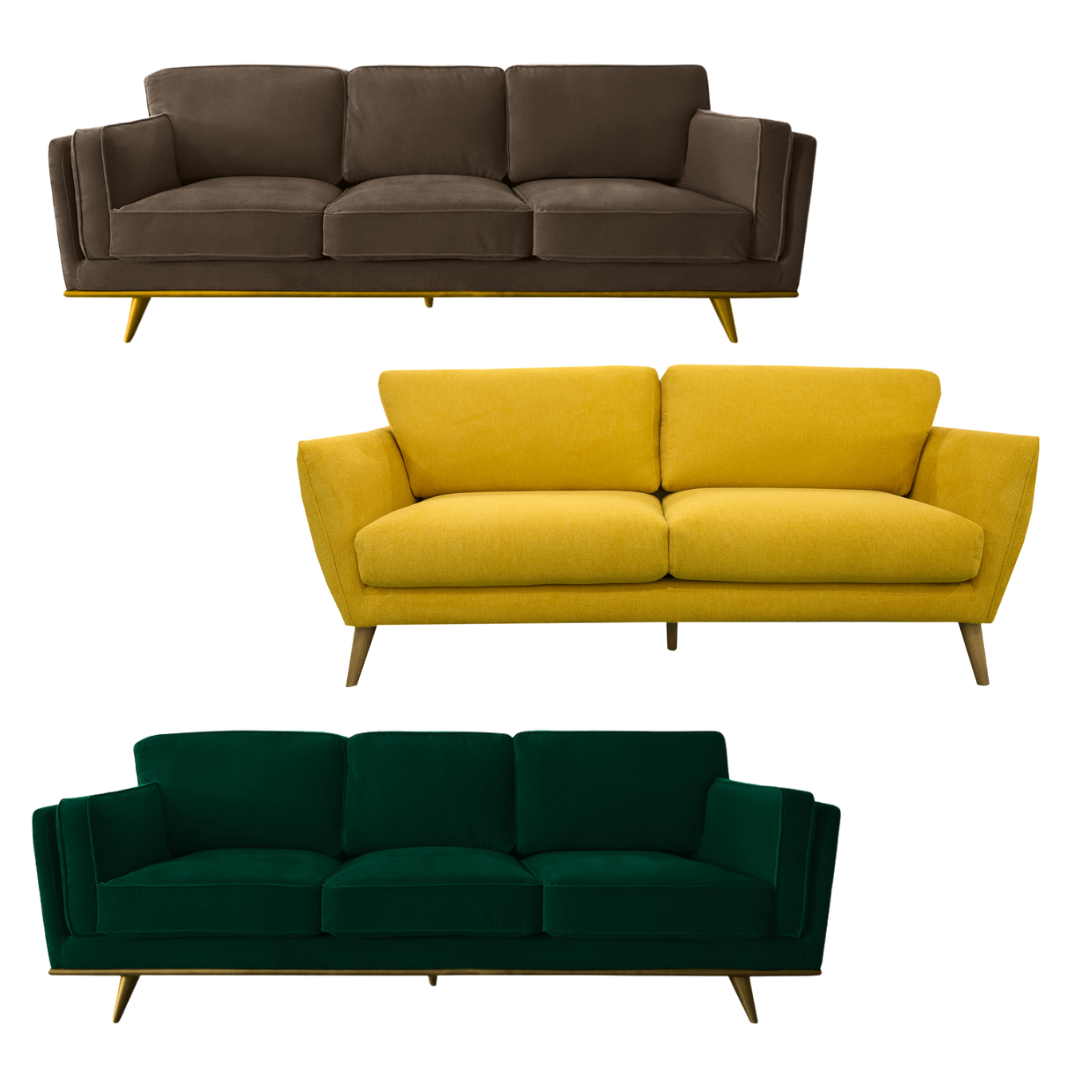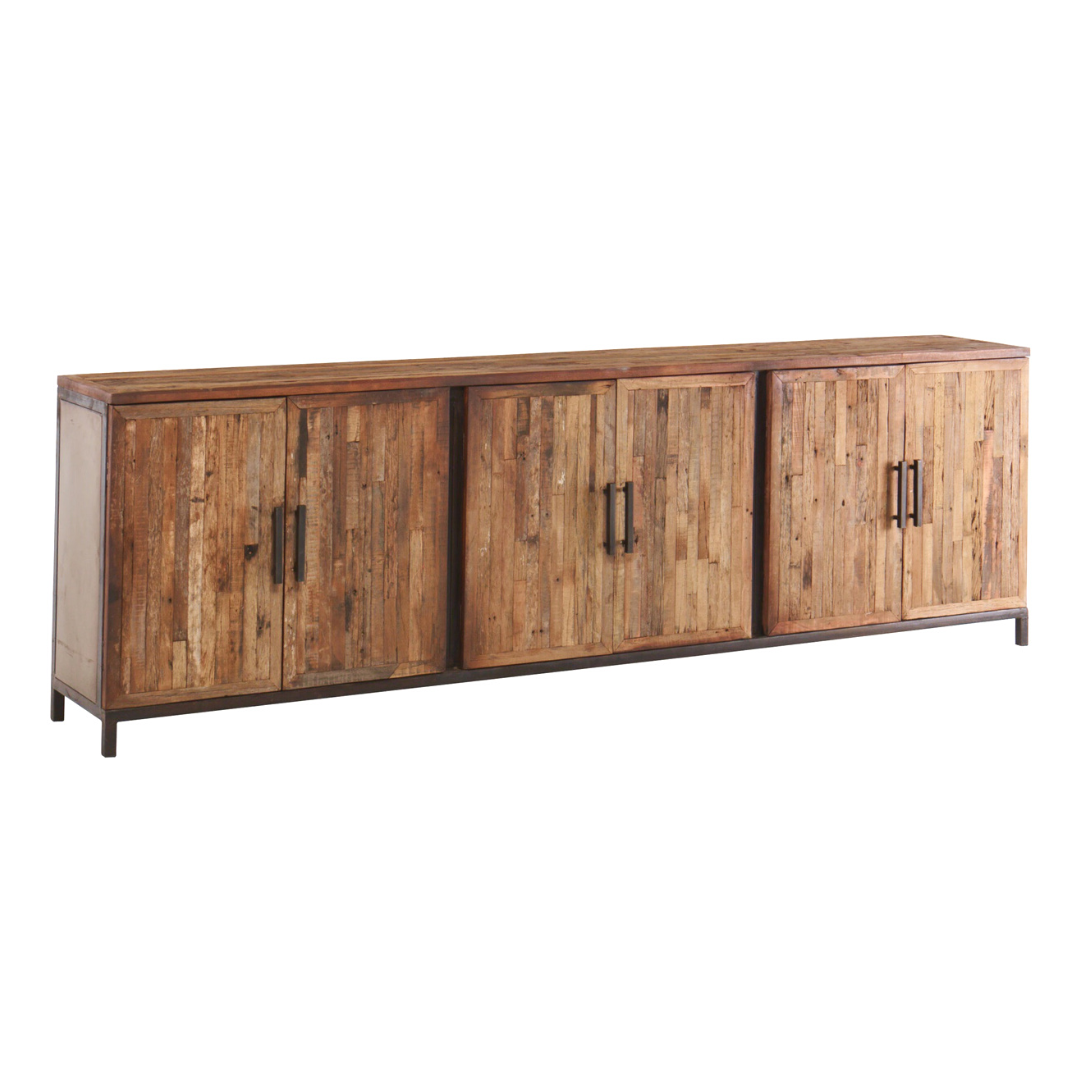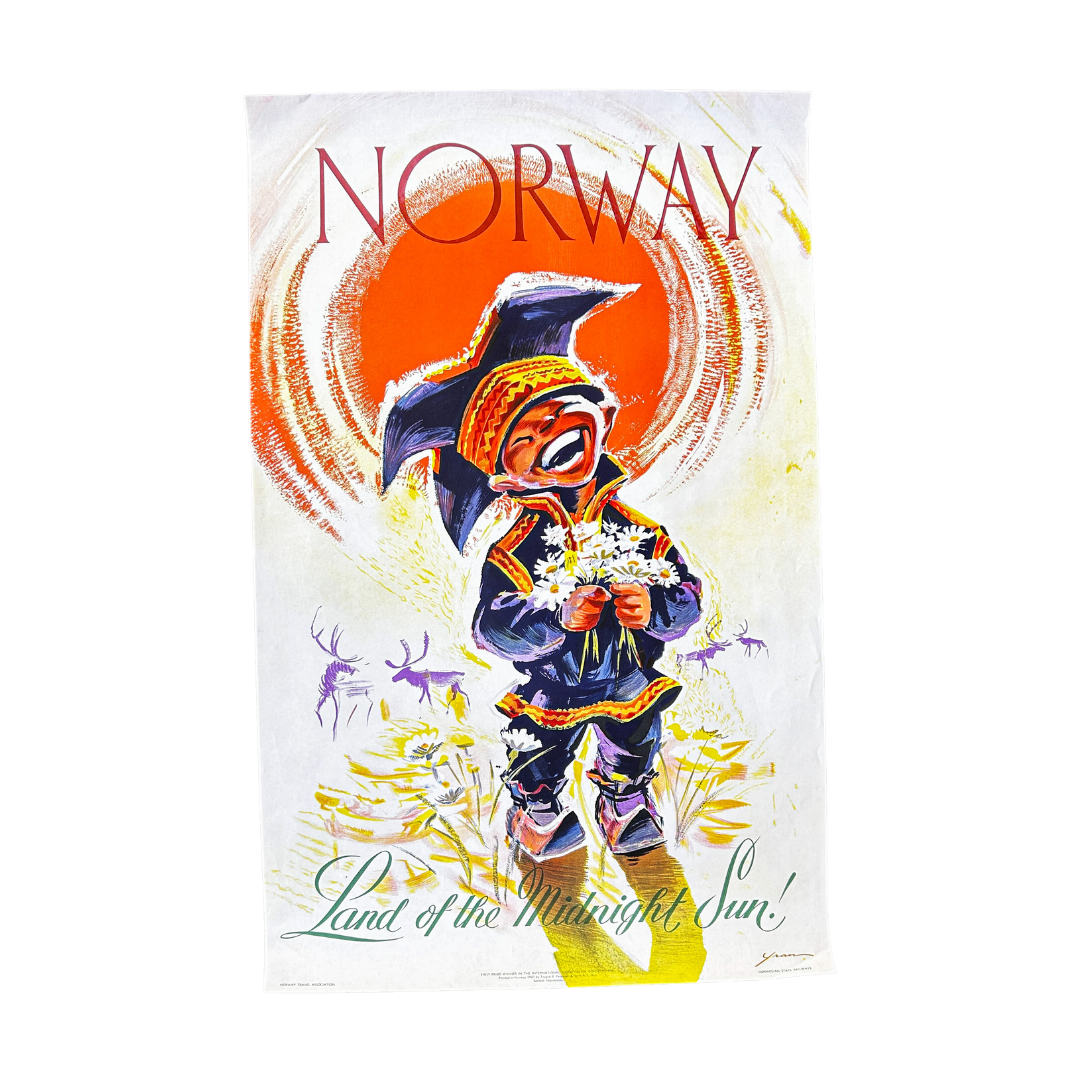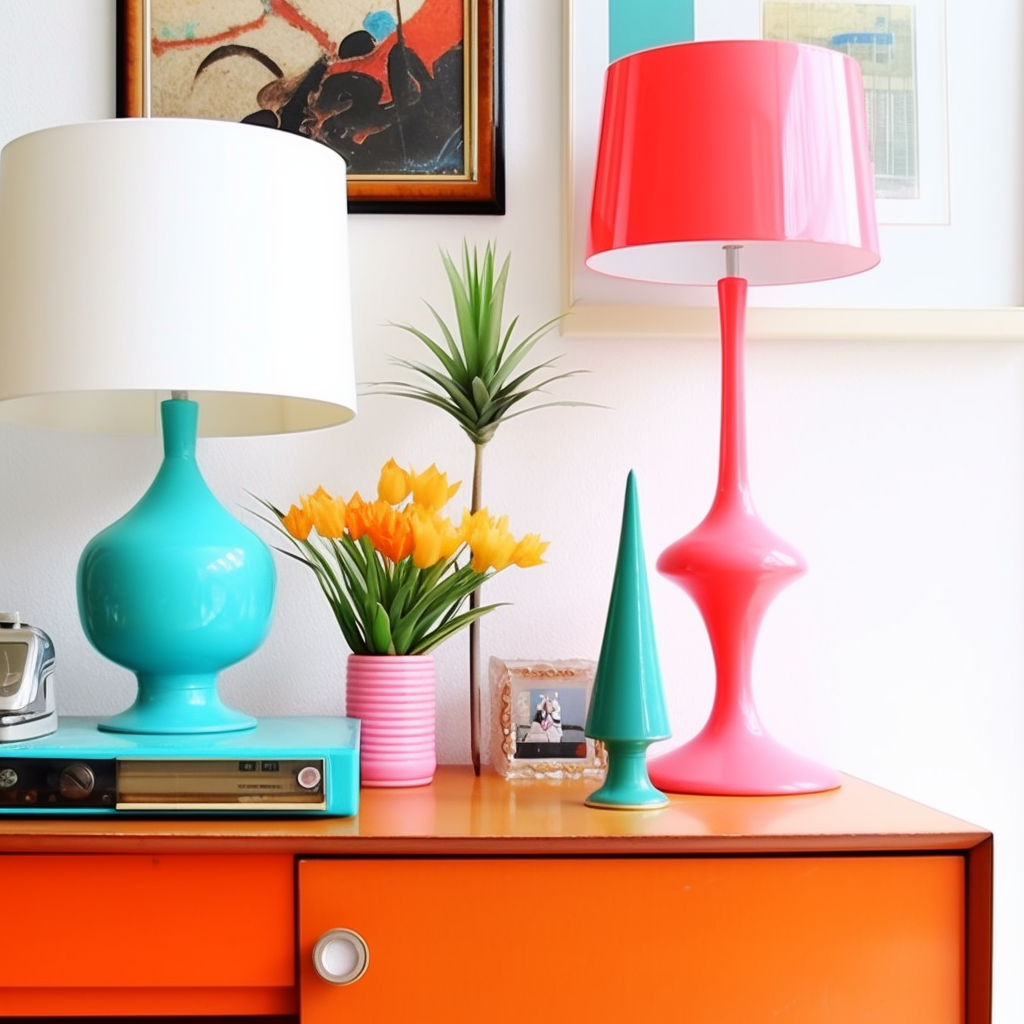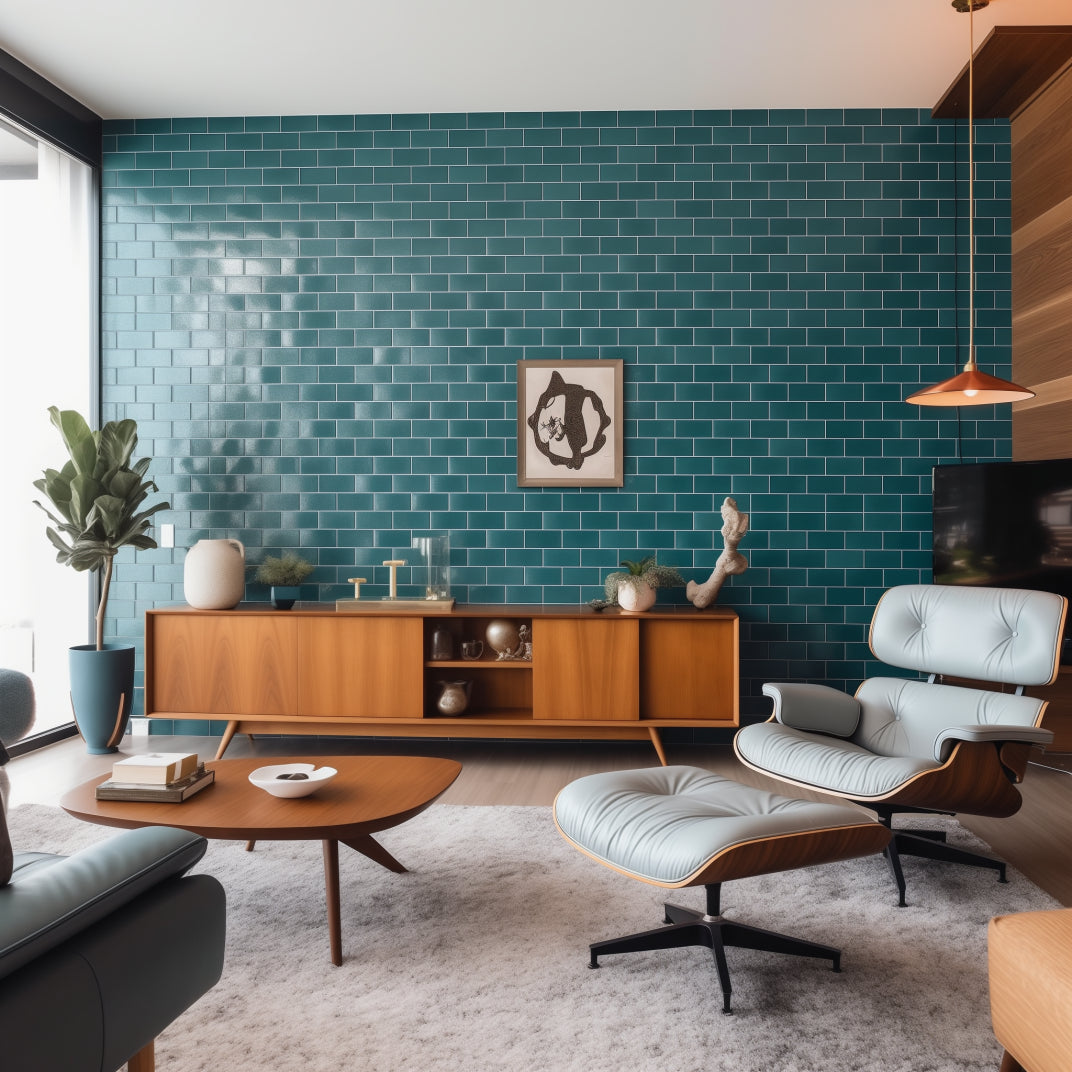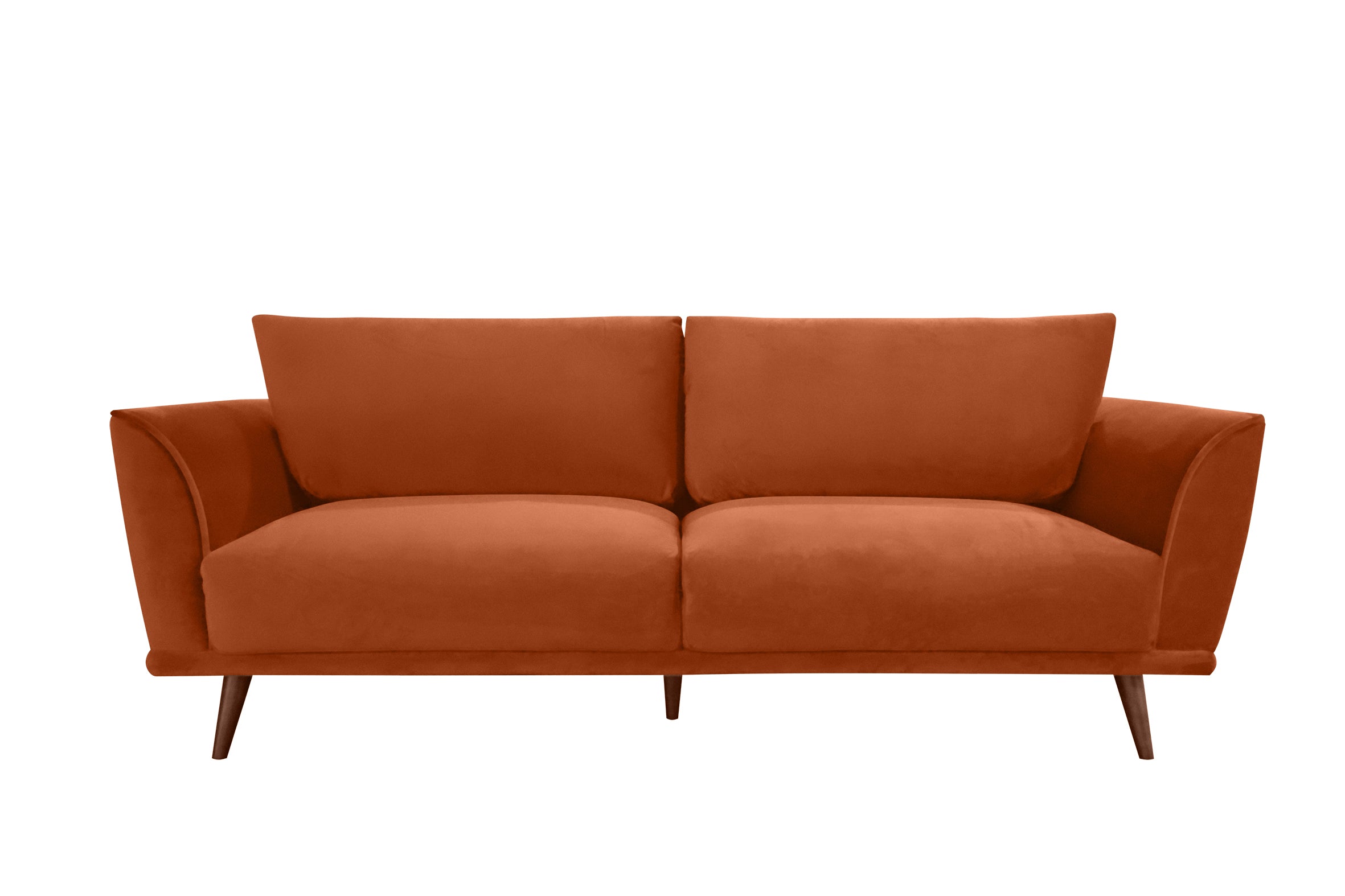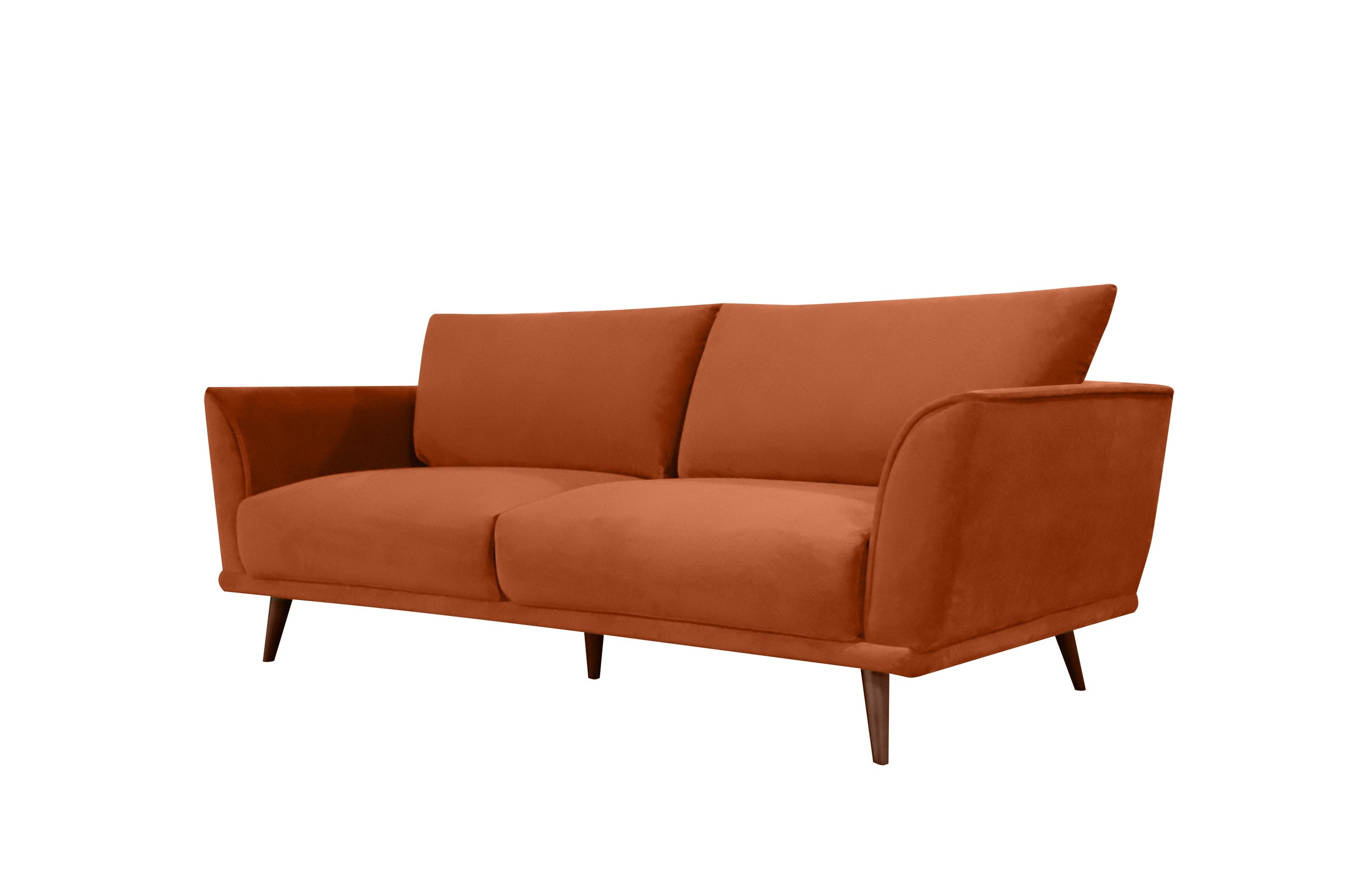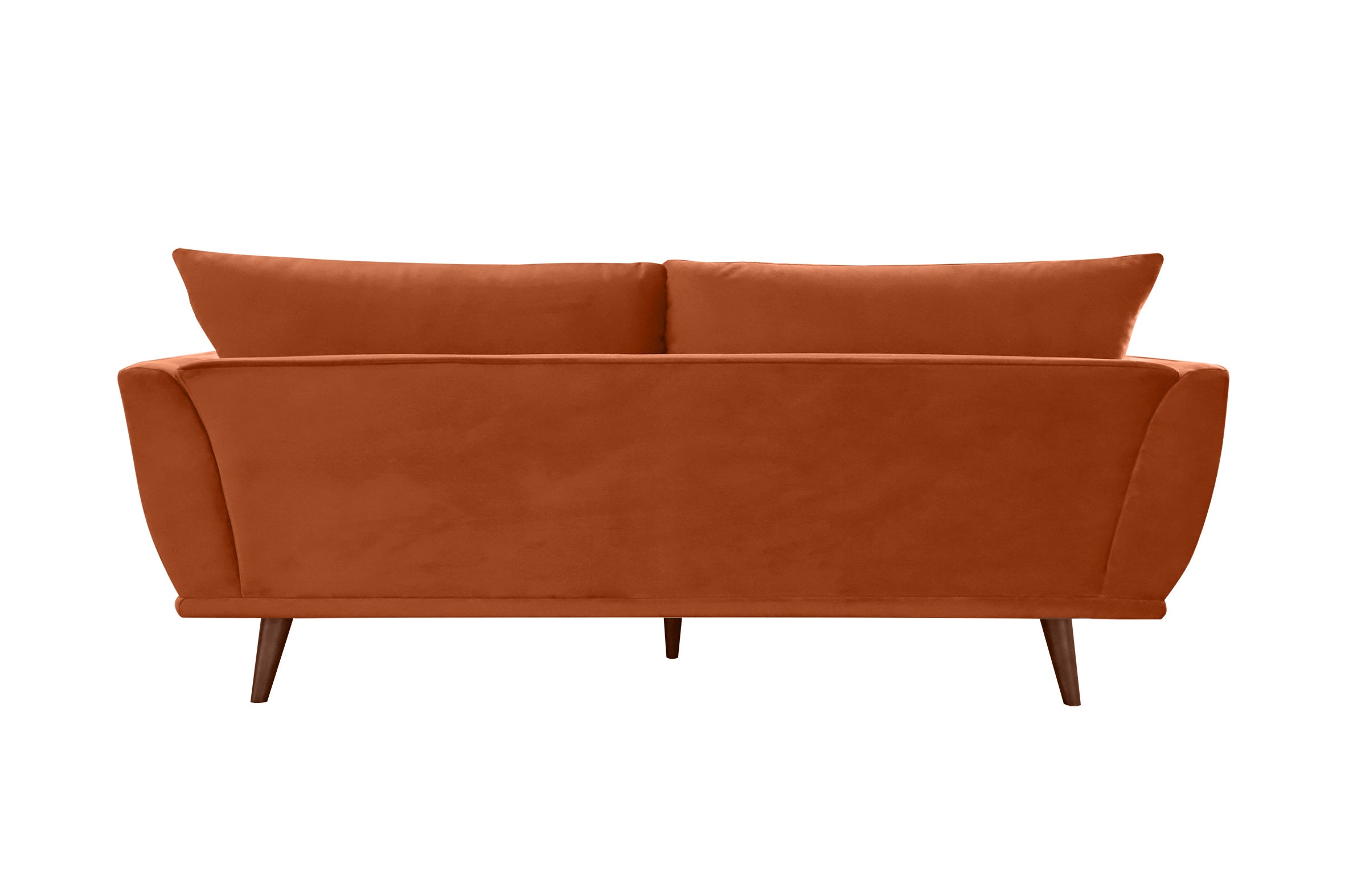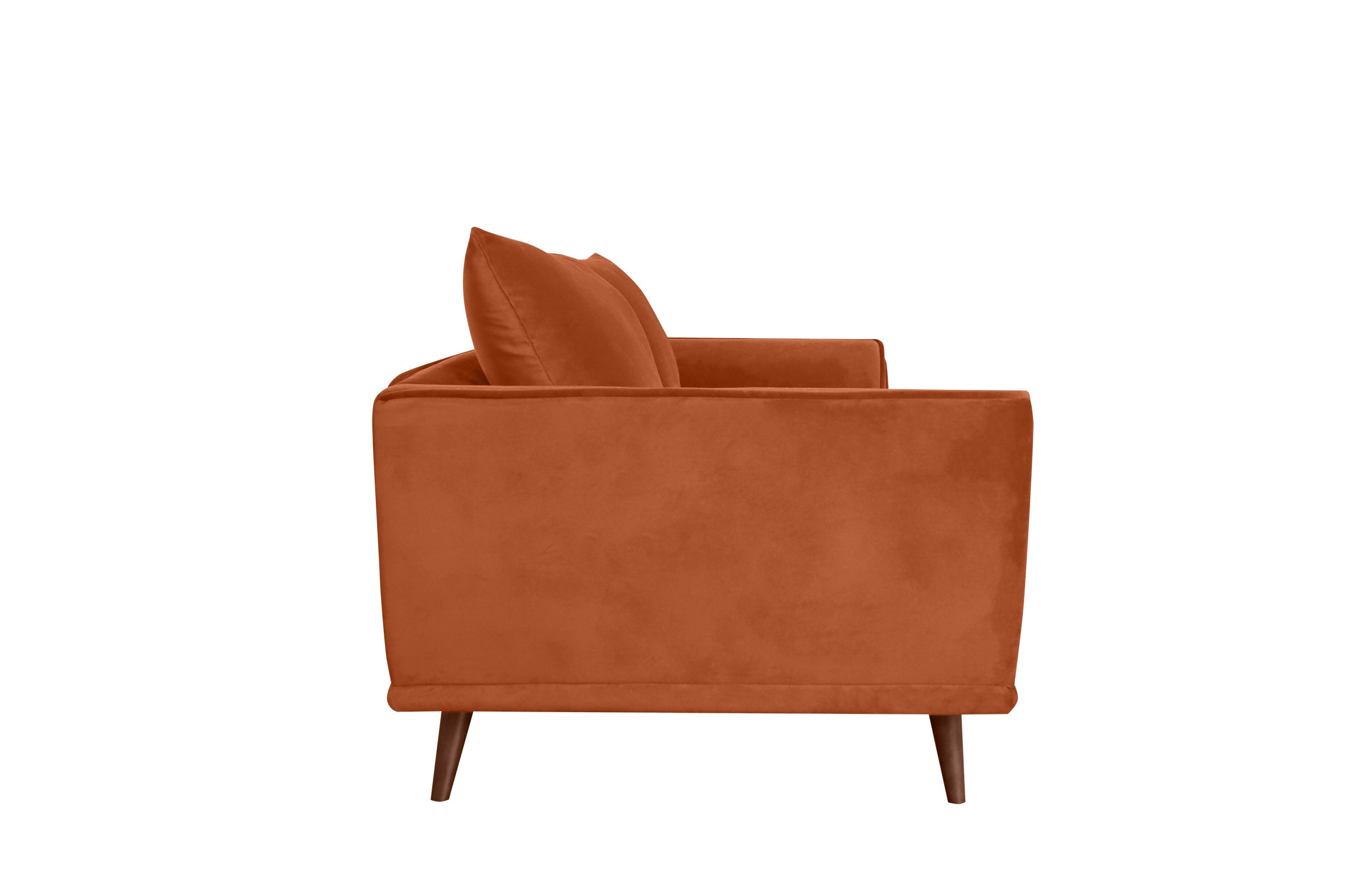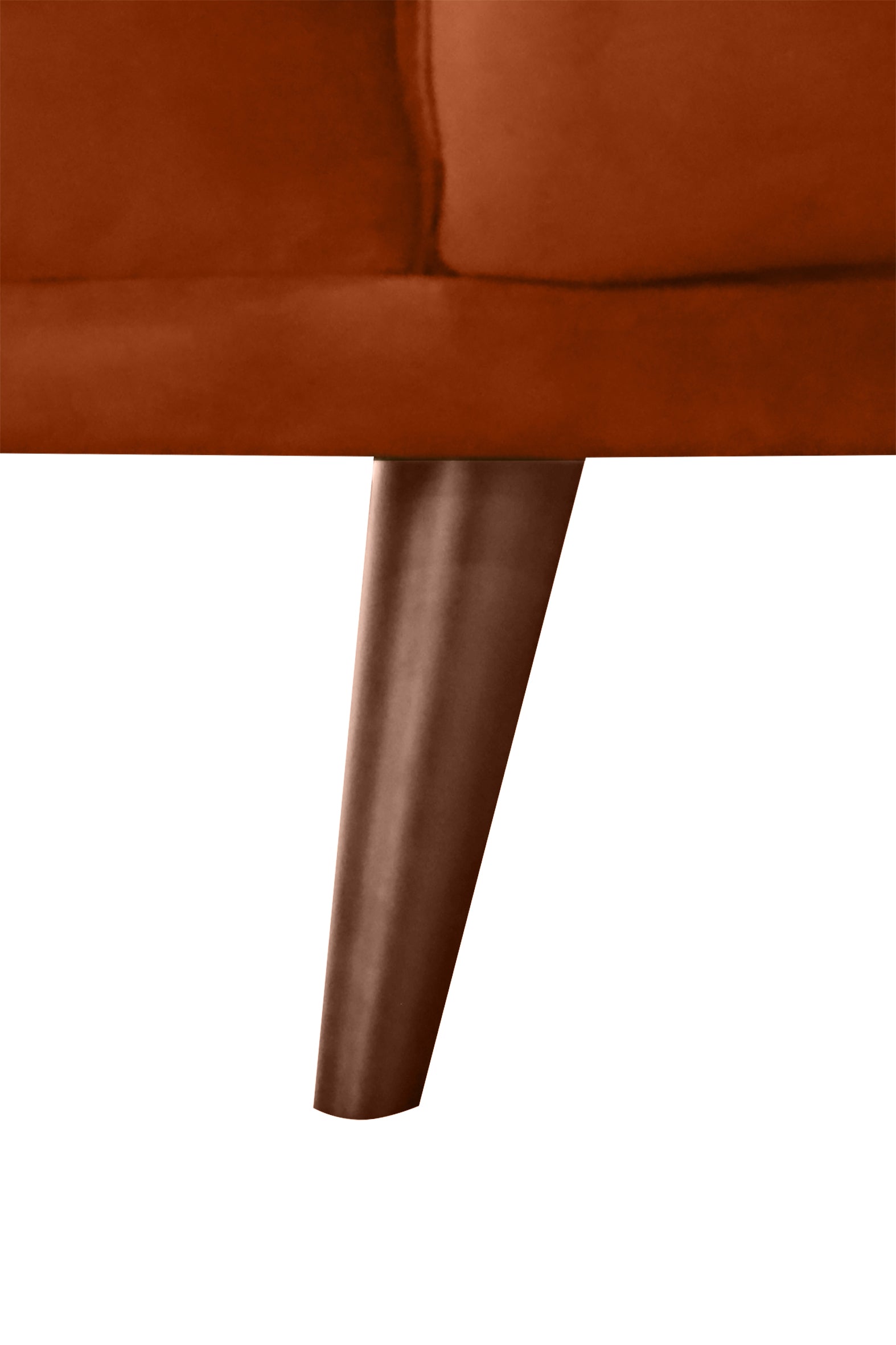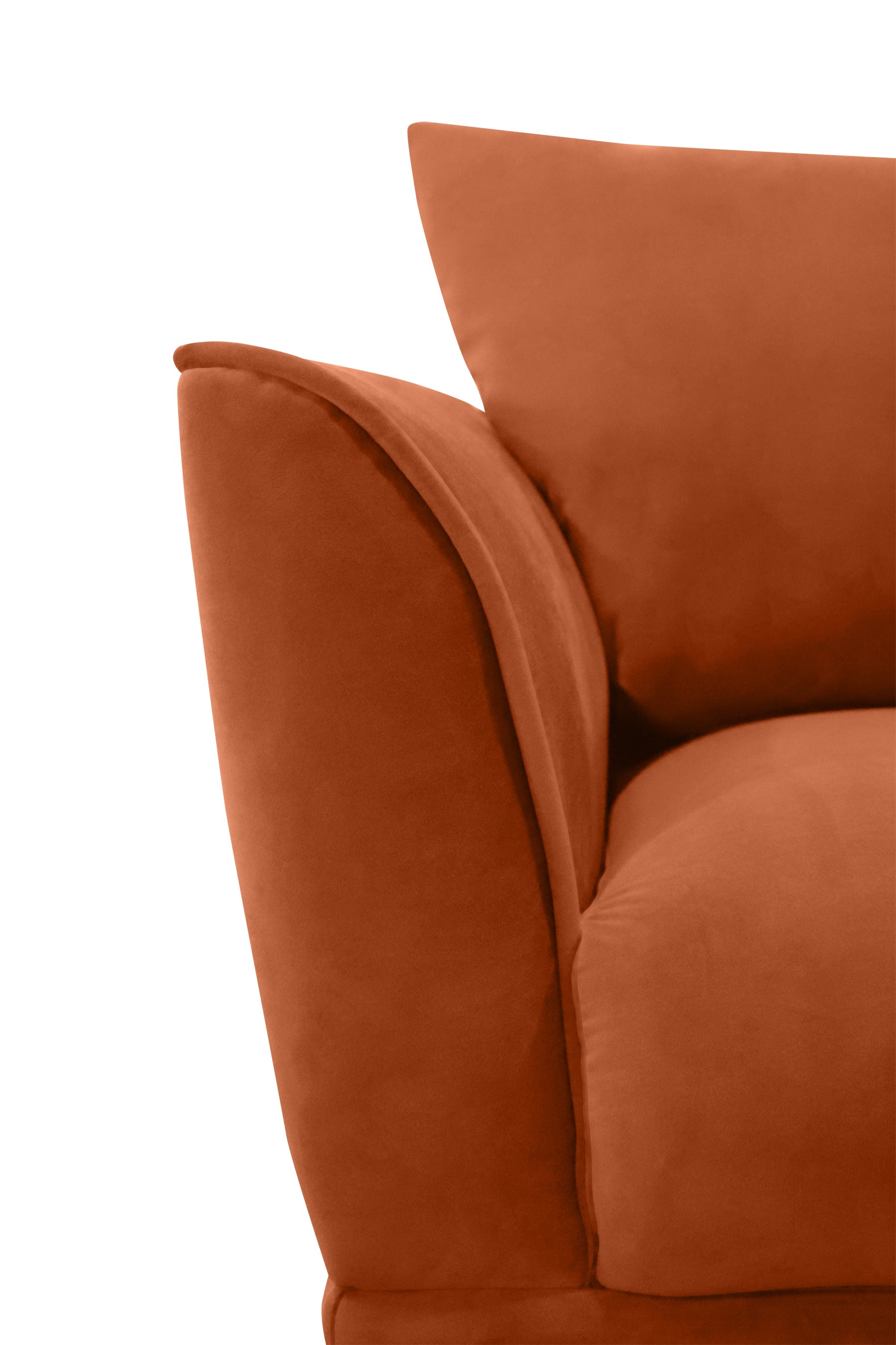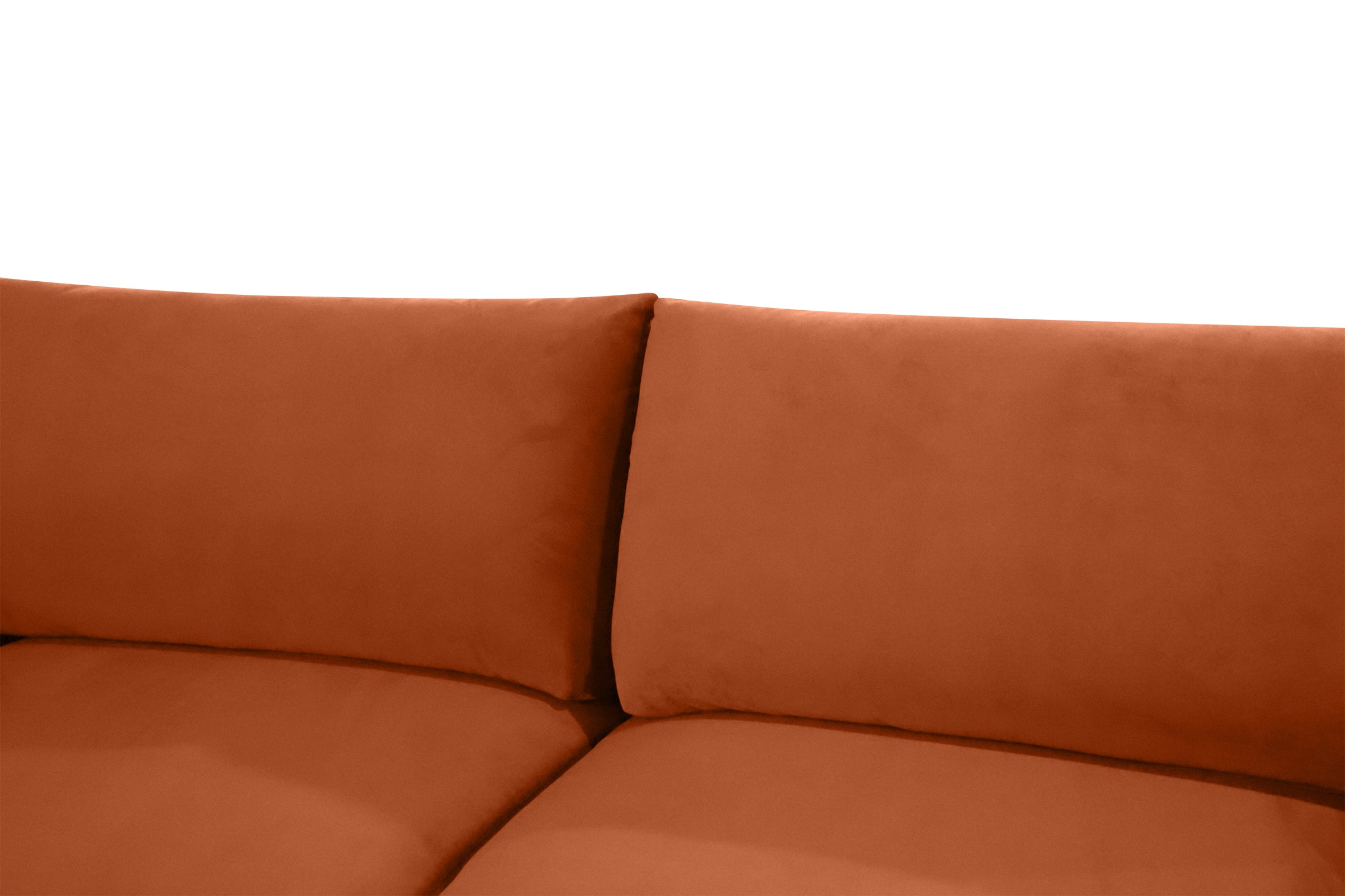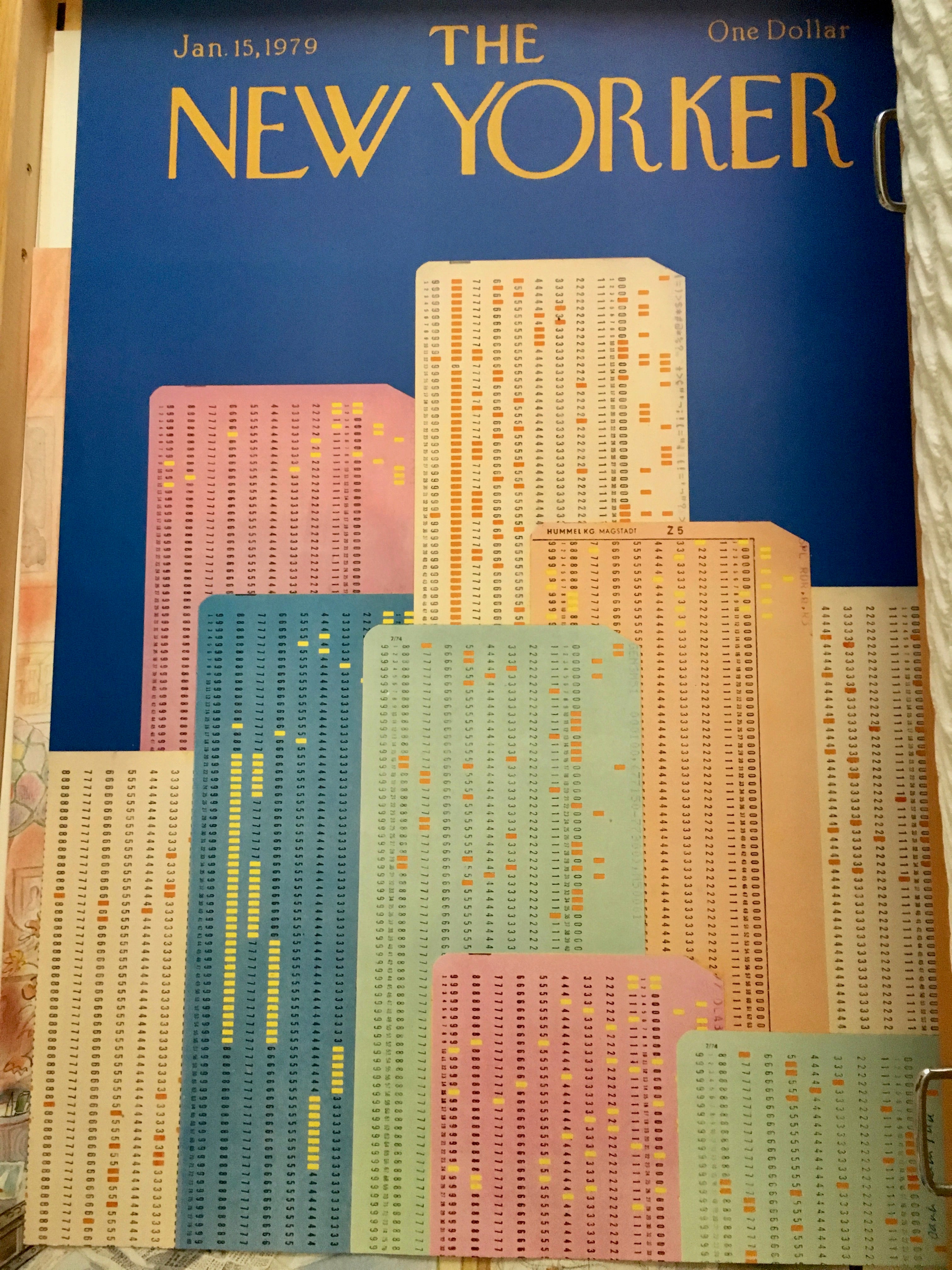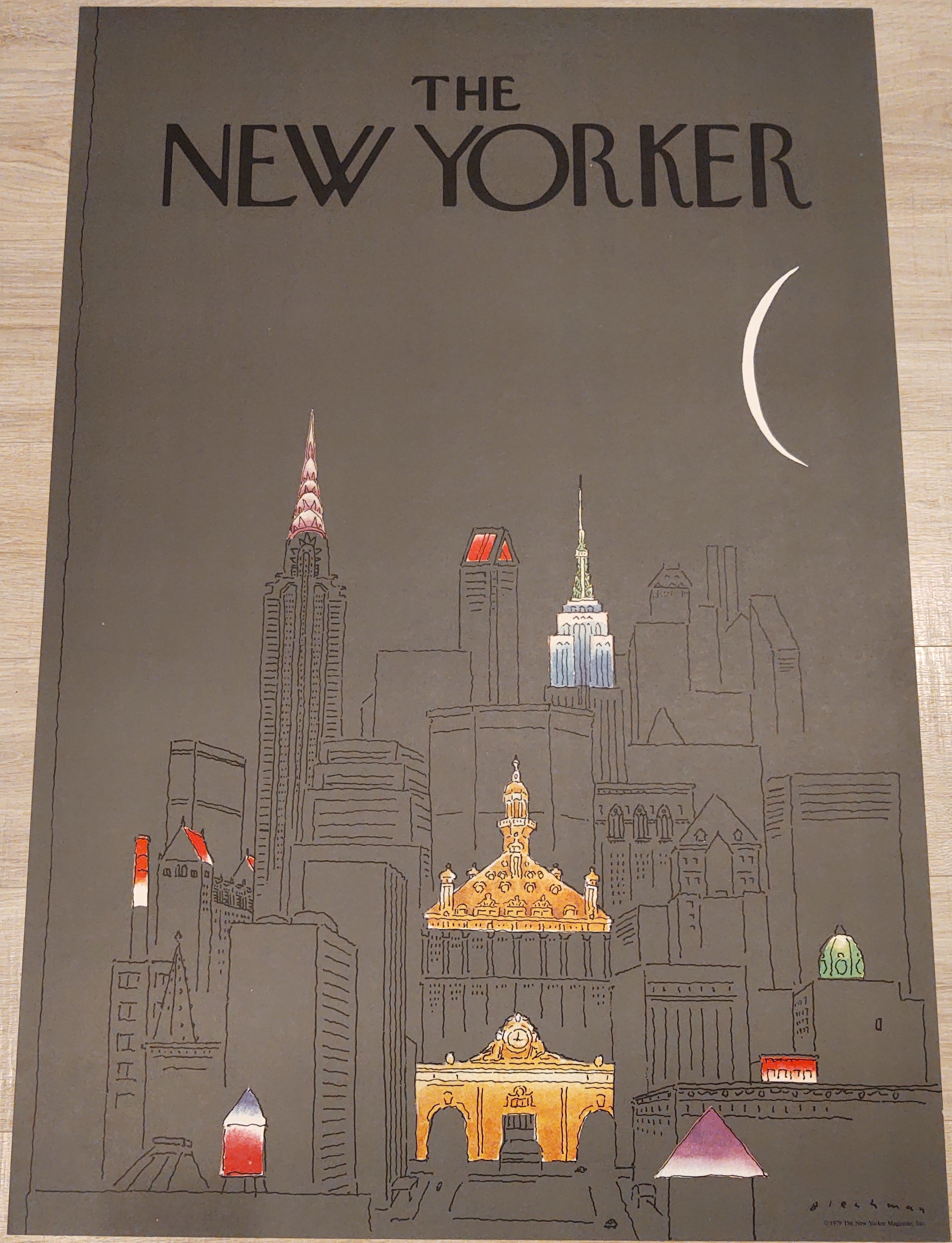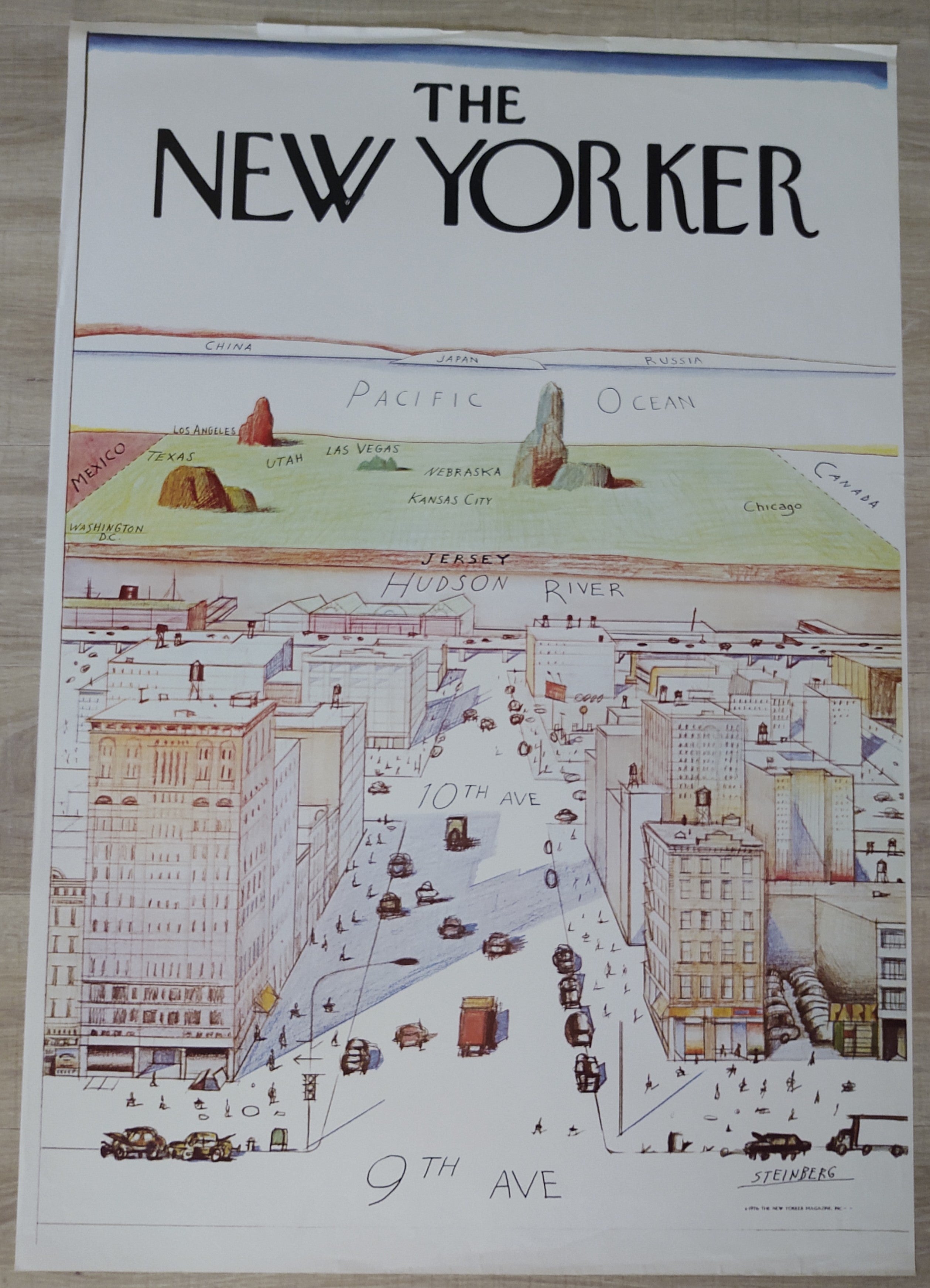





Design Style History: Retro
Retro Materials

Vinyl
Vinyl upholstery and flooring were prevalent in retro interior design. It's durable, easy to clean, and comes in a variety of vibrant colors and patterns, adding a nostalgic touch.

Formica
Formica is a laminate material widely used in retro kitchen countertops and furniture. It's durable, heat-resistant, and available in an array of bold colors and decorative patterns.

Lucite
Lucite, also known as acrylic glass, is a transparent or translucent material commonly used in retro furniture and accessories. It has a sleek, futuristic appearance and adds a touch of modernity.

Teak
Teak is a popular wood material used in retro interior design for furniture and decor. It's known for its warm, rich tones and distinctive grain patterns.

Walnut
Walnut wood, renowned for its rich tones and timeless appeal, stands as a quintessential choice in retro design aesthetics. Its deep, warm hues and distinct grain patterns evoke a sense of nostalgia, effortlessly blending the essence of yesteryears with contemporary spaces.



